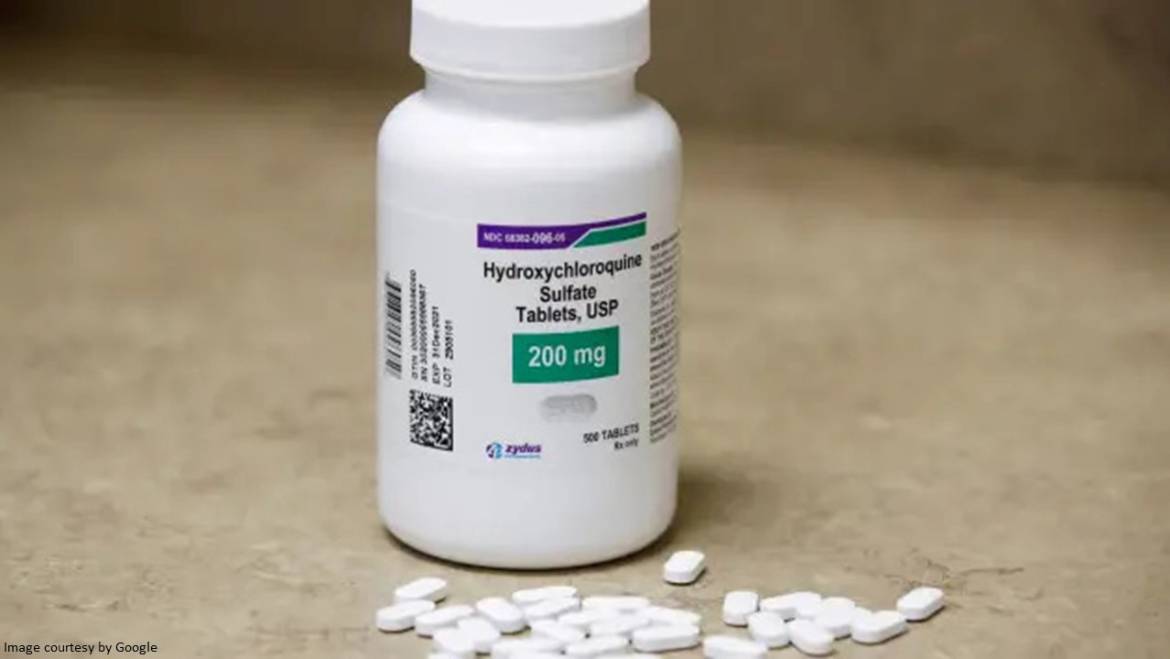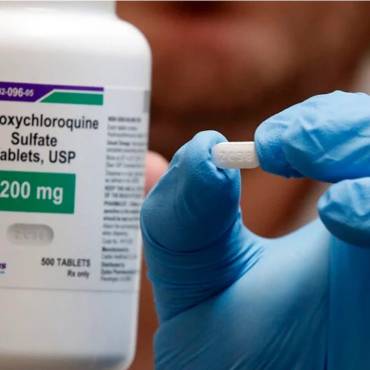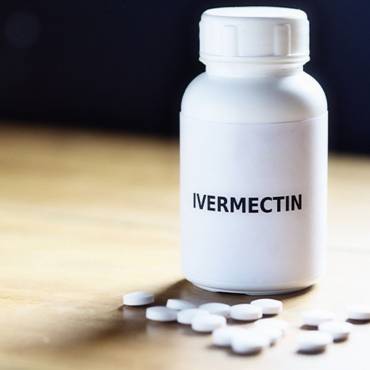Hydroxychloroquine 200 mg is indicated for preventing and treating malaria caused by mosquito bites. It is also prescribed to treat rheumatoid arthritis and discoid or systemic lupus erythematosus. This blog will help you know more about Hydroxychloroquine 200 mg dosage and safety.
Clinical use
Hydroxychloroquine tablets treat rheumatoid arthritis and discoid and systemic lupus erythematosus, particularly in patients who have not responded satisfactorily to medicines with less potential for serious side effects. It is also given for the suppressive treatment and treatment of acute attacks of malaria. Hydroxychloroquine is highly effective as a suppressive agent in terminating acute attacks and significantly increasing the interval between treatment and relapse. Hydroxychloroquine uses include:
-
- Treat rheumatoid arthritis: a disease marked by stiffness, pain, and swelling in your joints.
- Treat Systemic Lupus Erythematosus (SLE): a disease where your immune system mistakenly attacks healthy body organs. It can affect your skin, kidneys, brain, and other organs.
- Treat Discoid Lupus Erythematosus (DLE): SLE only affects your skin with red rash or scaly patches.
- Treatment and prevention of certain types of malaria: an infectious disease caused by parasites in your red blood cells. Symptoms can include chills, high fever, shaking, and extreme sweating. It is best to take Hydroxychloroquine with a doctor’s prescription.
Mechanism of Hydroxychloroquine
It is unknown how Hydroxychloroquine 200 mg works in the body to treat rheumatoid arthritis, SLE, and DLE. Hydroxychloroquine may take up to six months to take effect. For malaria, Hydroxychloroquine works by killing the parasite that can contribute to an infection.
Safety
Do not use Hydroxychloroquine 200 mg if you are allergic to Hydroxychloroquine, any medicine ingredients, or any similar drugs such as chloroquine.
Hydroxychloroquine cannot be used if you have retinopathy (an eye problem affecting the retina at the back of your eye. Hydroxychloroquine 200 mg may cause damage to your retina that is irreversible. You should let your healthcare provider know if you have any visual problems. The medicine is not suitable for children below six years of age or weighing less than 35 kg.
To help avoid adverse effects and ensure proper usage, speak to your healthcare provider before you take Hydroxychloroquine 200 mg tablet. Discuss any health conditions or problems you may have, including if you have heart disease, diabetes, liver or kidney disease, decreased vision, nervous system disease, psoriasis, gastrointestinal disease, weakness in your muscles, a blood disease, low level of potassium, or are pregnant or breastfeeding.
Hydroxychloroquine for arthritis can cause a dangerously fast heart rate. It can lead to cardiac arrest, collapse, and death. Heart problems, or failure, a weak or enlarged heart, can occur if you take Hydroxychloroquine for longer periods. These are serious and can result in death. Your doctor will check your heart regularly. It is still not understood whether Hydroxychloroquine may affect male fertility. Speak to your doctor if you want to become a parent.
You may develop blurry vision when taking Hydroxychloroquine. Avoid driving or doing things that require you to be alert. One should wait until you know how you respond to Hydroxychloroquine and can see well. If you continue to have problems, your doctor may reduce your dose. You should tell your doctor about all your medicines, including any medications, minerals, vitamins, natural supplements, or alternative medicines. Certain drugs may interact with Hydroxychloroquine.
Dosage and administration
Each tablet carries 200 mg of hydroxychloroquine sulfate. Take the tablet with a meal or a glass of milk.
Your doctor will decide on the most suitable dose for you. The dosage may be based on your weight, physical health, and other factors, such as what other medicines you take.
Rheumatoid arthritis:
The initial dosage for adults is 400 mg once daily. In some patients, the side effects may require a temporary initial dosage reduction. Generally, after five to ten days, the dose may be slowly increased to the optimum response level frequently without recurrence of side effects. Once a good response is obtained, usually after four to twelve weeks. The dosage is reduced and continued at an acceptable maintenance level, as your doctor recommends.
Malaria: For adults, 400 mg once weekly on the same day each week starting two weeks before exposure. This therapy should be continued for eight weeks after leaving the endemic area.
Systemic and Discoid Lupus Erythematosus: Initially, the average adult dose is 400 mg once or twice a day. Depending upon the patient’s response, you may be asked to continue taking it for several weeks or months. A smaller dose from 200 to 400 mg once daily will suffice as a maintenance dose.
Hydroxyquinol should be used with caution in patients with hepatic and renal insufficiency; a reduction in dosage may be necessary.
The United States Centre for Disease Control provides updated guidelines and other recommendations for preventing and treating malaria. Discuss the most current information with your healthcare provider before travelling to areas where malaria occurs.
Also Read: Chloroquine & Hydroxychloroquine Mechanism of Action
admin
Latest posts by admin (see all)
- Understanding Beclomethasone Dipropionate: Uses, Benefits, and Side Effects - November 21, 2024
- Understanding Finasteride Side Effects: What to Expect and How to Manage Them - November 21, 2024
- Understanding Metformin Side Effects: What You Need to Know Before Starting Treatment - November 21, 2024



